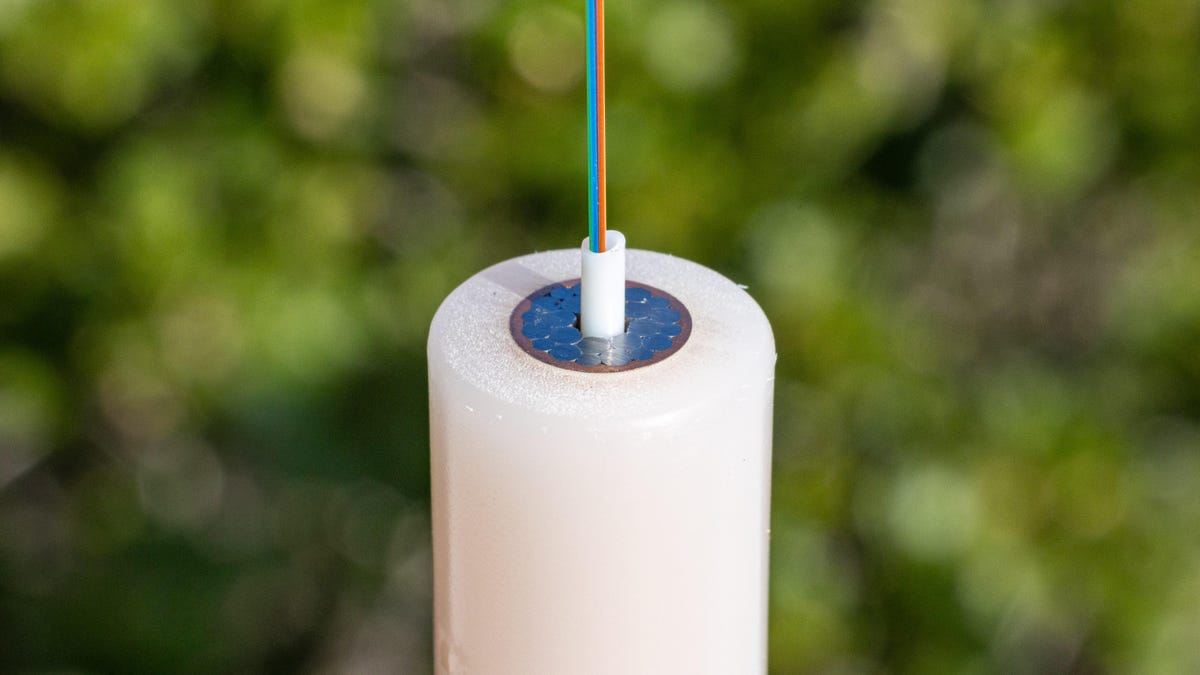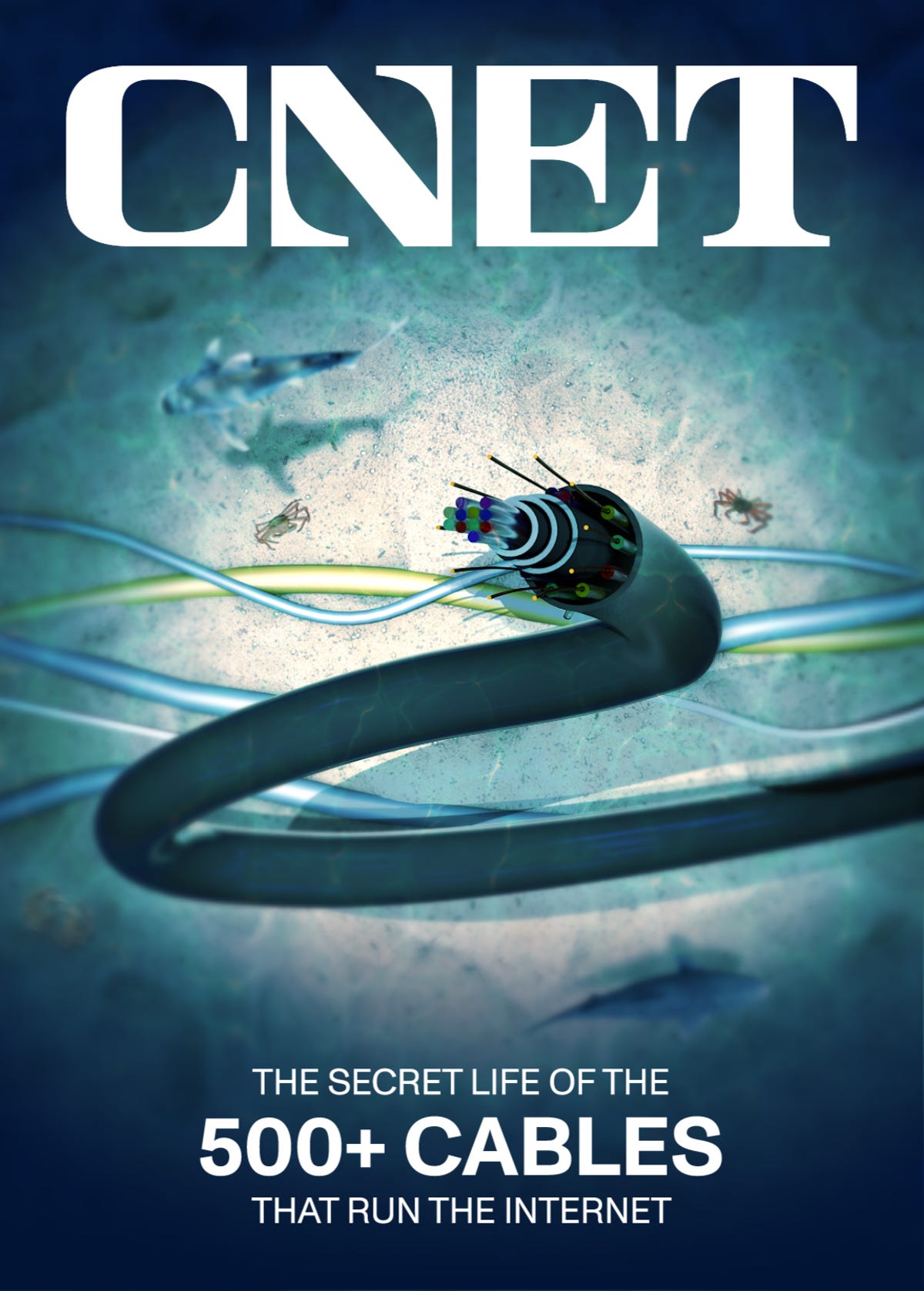The Secret Life of the 500+ Cables That Run the Internet
Laced across the cold depths of the world's oceans is a network of multimillion-dollar cables, which have become the vital connections of our online lives.
You probably know that tech giants like Meta, Microsoft, Amazon and Google run the brains of the internet. They're called "hyperscalers" for operating hundreds of data centers packed with millions of servers. You might not know that they also increasingly run the internet's nervous system, too.
The Secret Life of the 500+ Cables That Run the Internet
Laced across the cold depths of the world's oceans is a network of multimillion-dollar cables, which have become the vital connections of our online lives.
These cables, only about as thick as a garden hose, are high-tech marvels. The fastest, the newly completed transatlantic cable called Amitié and funded by Microsoft, Meta and others, can carry 400 terabits of data per second. That's 400,000 times faster than your home broadband if you're lucky enough to have high-end gigabit service.
And yet subsea cables are low-tech, too, coated in tar and unspooled by ships employing basically the same process used in the 1850s to lay the first transatlantic telegraph cable. SubCom, a subsea-cable maker based in New Jersey, evolved from a rope manufacturer with a factory next to a deep-water port for easy loading onto ships.
- Google-owned cables already built include Curie, Dunant, Equiano, Firmina and Grace Hopper, and two transpacific cables are coming, too: Topaz this year and, with AT&T and other partners, TPU in 2025.
The cables are critical. If one Azure region fails, data centers in another region come online to ensure customers' data and services keep humming.
- In the US and Europe, terrestrial cables shoulder most of the load, but in Southeast Asia, subsea cables dominate, Rey said.
The number of subsea internet cables has surged. By 2025, a total of 552 should be operational.
The origin story of subsea communications
But investors eager to cash in on rapid communications underwrote the development of better technology. Higher copper purity improved signal transmission, stronger sheathing reduced cable breaks, repeaters installed periodically along the cable boosted signal strength and polyethylene insulation replaced the earlier rubberlike material harvested from gutta-percha trees.
Telephone calls eventually replaced telegraph messages, pushing technology further.
- A transatlantic cable installed in 1973 could handle 1,800 simultaneous conversations.
- In 1988, AT&T installed the first transatlantic cable to use glass fiber optic strands instead of copper wires, an innovation that boosted capacity to 40,000 simultaneous phone calls.
A subsea internet cable from manufacturer SubCom shows, from the center outward, its optical fibers for data transfer, steel cabling for strength, copper for power distribution and plastic for electrical insulation and protection.
Two thirds of traffic comes from the hyperscalers, according to Telegeography. And the data demands of hyperscalers' subsea cable is surging 45% to 60% per year, said SubCom Chief Executive David Coughlan. "Their underlying growth is fairly spectacular," he said.
Hyperscalers' data demands are driven not just by their own content needs, like Instagram photos and YouTube videos viewed around the world. These companies also often operate the cloud computing businesses, like Amazon Web Services and Microsoft Azure, that underlie millions of businesses' global operations.
"As the world's hunger for content continues to increase, you need to have the infrastructure in place to be able to serve that," said Brian Quigley, who oversees Google's subsea and terrestrial networks.









No comments:
Post a Comment